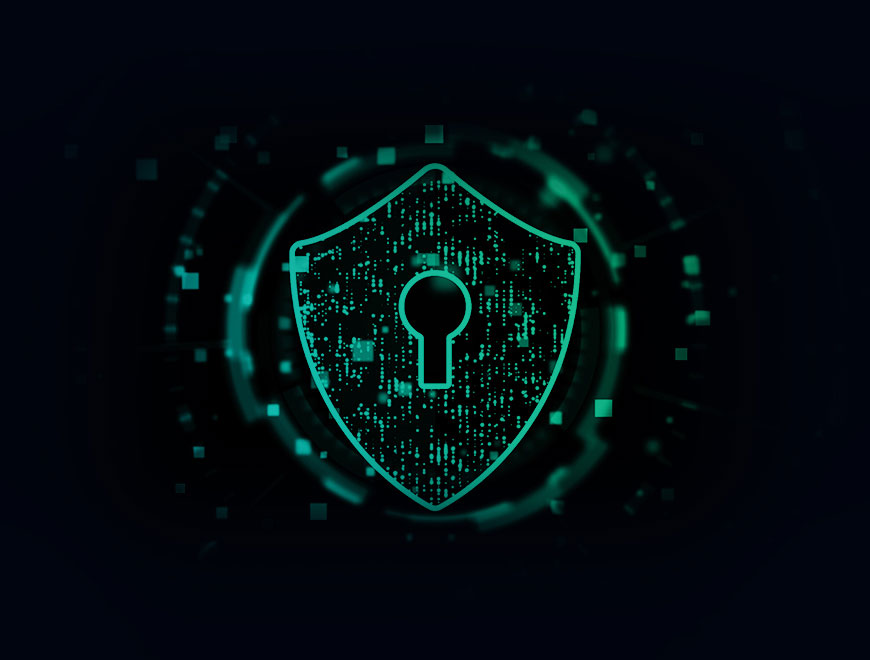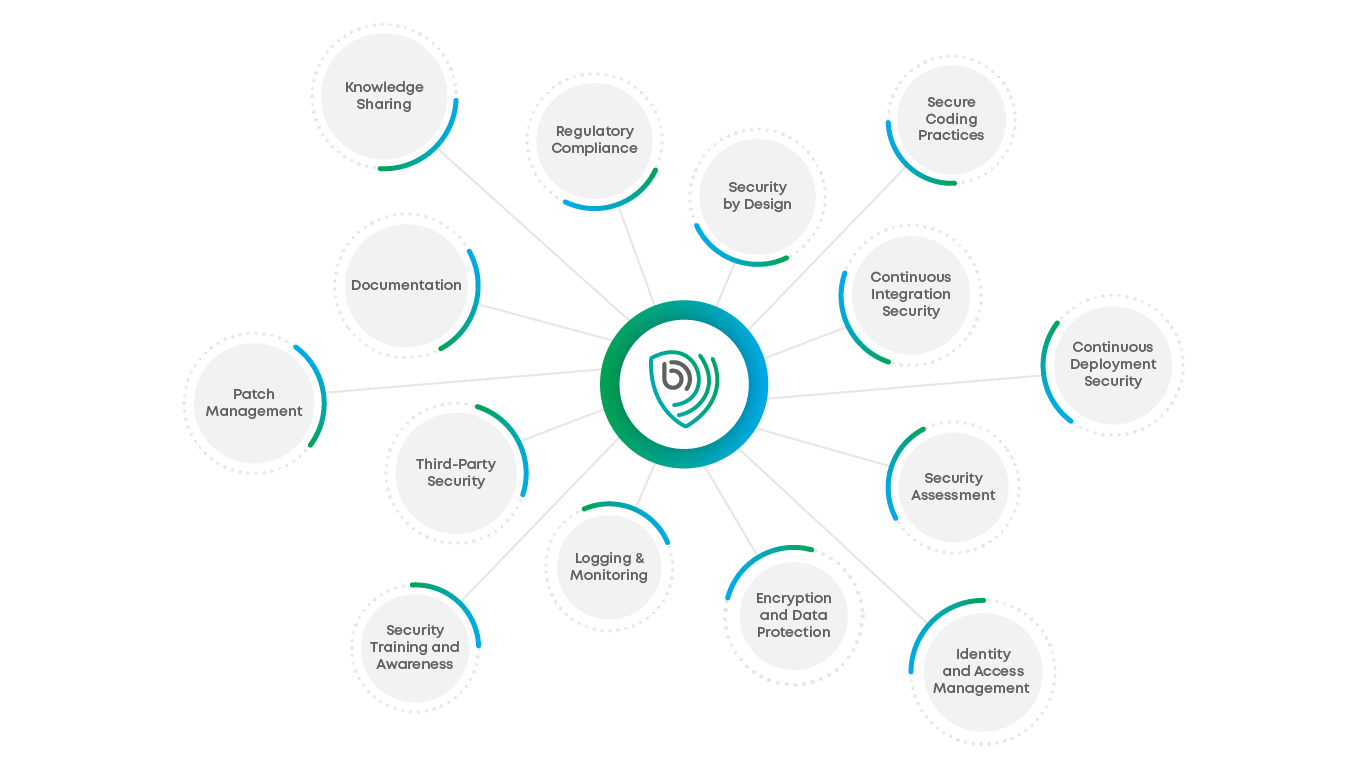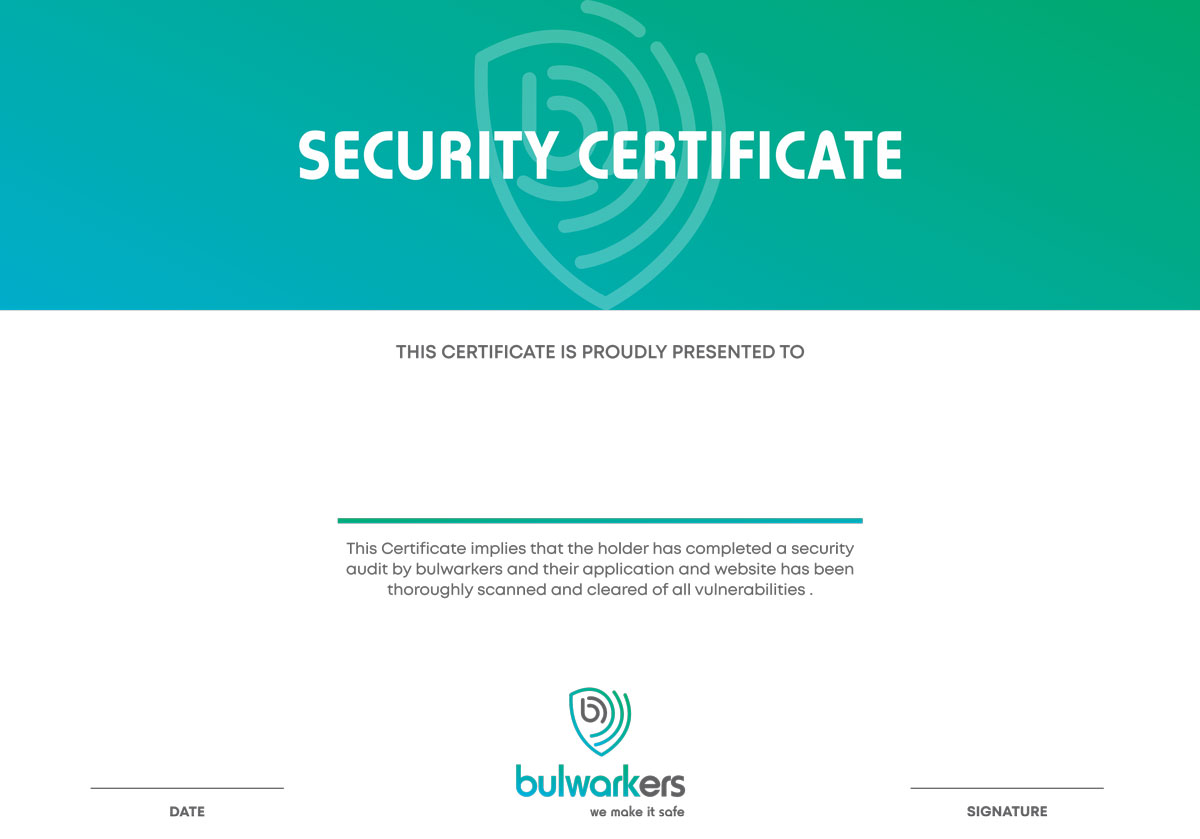
Secure Product Delivery
What is Secure Product Delivery?
Secure product delivery refers to the process of delivering software products while prioritizing and ensuring the security of the entire development lifecycle. It involves integrating security practices and measures at every stage of the software development process to identify, mitigate, and prevent security vulnerabilities and risks. The goal of secure product delivery is to produce software that is resilient to cyber threats, protects user data, and maintains the integrity and confidentiality of the application.
Contact UsWhy Secure Product Delivery is Important?
Secure product delivery is of paramount importance in the modern digital landscape due to several compelling reasons:
1. Protecting User Data:
Confidentiality and Privacy: Secure product delivery ensures the confidentiality and privacy of user data. By implementing robust security measures, organizations can safeguard sensitive information.
2. Mitigating Cybersecurity Risks:
Preventing Exploitation: A secure product delivery approach helps identify and address vulnerabilities, reducing the risk of exploitation by malicious actors.
3. Maintaining User Trust:
Building Confidence: Users trust products and services that prioritize security. Secure product delivery builds and maintains trust by demonstrating a commitment to protecting users'.
4. Compliance with Regulations:
Meeting Legal Requirements: Many industries are subject to regulatory frameworks and compliance standards that mandate the implementation of security measures.
5. Preventing Financial Loss:
Avoiding Financial Implications: Security breaches can result in significant financial losses, including legal liabilities, regulatory fines, and costs associated with remediation and damage control.
6. Preserving Reputation:
Brand Integrity: A security incident can severely damage an organization's reputation. Secure product delivery is essential for preserving brand integrity and avoiding the negative publicity .
7. Ensuring Business Continuity:
Minimizing Disruptions: Security incidents can disrupt business operations, leading to downtime and financial losses. A secure product delivery approach minimizes the risk of disruptions.
8. Adapting to Evolving Threats:
Staying Ahead of Threats: The cybersecurity landscape is dynamic, with new threats emerging regularly. Secure product delivery involves staying informed about evolving threats and adapting security.
9. Enhancing Competitiveness:
Market Differentiation: Security-conscious organizations gain a competitive edge in the market. Secure products are more likely to be preferred by consumers and business partners.
10. Protecting Intellectual Property:
Safeguarding Innovations: Organizations invest heavily in developing intellectual property. Secure product delivery protects these innovations from theft, unauthorized access, or tampering.
11. Facilitating Trust in Digital Transformation:
Enabling Digital Innovation: In the era of digital transformation, secure product delivery is essential for organizations adopting new technologies. It enables innovation by providing a secure foundation.
12. Customer Satisfaction:
Positive User Experience: Security is a critical aspect of the overall user experience. Secure product delivery contributes to a positive user experience.
In summary, secure product delivery is not just a best practice; it's a strategic imperative for organizations operating in the digital realm. It encompasses a proactive and comprehensive approach to cybersecurity, safeguarding not only data and systems but also an organization's reputation and competitiveness in the market.
Bulwarkers Approach to Secure Product Delivery:
Unveiling a Strategic Defence Blueprint

1. Information Gathering
Gathering of information through searches of public databases, websites and routing information etc.

2. Scanning
Execution of the scans using automated software tools. Enumeration of hosts, services, application and vulnerabilities.

3. Manual Verification
Verification of the scan results, additional manual discovery and elimination of the false positives.

4. Manual Exploits
Further discovery and exploitation of Manual vulnerabilities using manual Exploits techniques and custom tools an necessary.

5. Analysis and reporting
Analysis of risk and business impact. reporting development of the testing report.

6. Reset and validate
Conduct follow-up testing to verify the effectiveness of remediation efforts and confirm closure of identified vulnerabilities.
Key Aspects of Secure Product Delivery

CERTIFICATE ACKNOWLEDGED BY THE INDUSTRY
Earn your customers' confidence with a distinct, publicly verifiable certificate of security.
Show off your secure application. Have our engineers check your fixes and secure a unique hosting safety certificate for your product.
Distribute the certificate link to your partners and customers to foster trust-based relationships.

Frequently Asked Questions
VAPT stands for Vulnerability Assessment and Penetration Testing. It is a comprehensive cybersecurity approach that combines the identification of vulnerabilities through assessment with the simulation of real-world attacks.
VAPT is crucial for identifying and addressing security vulnerabilities proactively, reducing the risk of cyberattacks, ensuring compliance, and enhancing overall cybersecurity posture.
Vulnerability Assessment focuses on identifying vulnerabilities in a system using automated tools and manual processes. Penetration Testing, on the other hand, actively simulates cyberattacks to test the system's defences and identify potential points of compromise.
VAPT should be conducted regularly, ideally as part of a continuous security program. The frequency depends on factors such as the rate of system changes, industry regulations, and the organization's risk tolerance.
VAPT is typically conducted by cybersecurity professionals, including ethical hackers and certified penetration testers. These individuals have expertise in assessing and securing IT systems.
Common vulnerabilities addressed in VAPT include SQL injection, cross-site scripting (XSS), cross-site request forgery (CSRF), insecure configurations, and vulnerabilities outlined in the OWASP testing guide.
Yes, VAPT can be performed on a variety of systems, including web applications, mobile applications, network infrastructure, and other IT assets.
The duration of a VAPT engagement varies depending on the size and complexity of the system being tested. It can range from a few days to several weeks.
A VAPT report includes details of identified vulnerabilities, their severity levels, exploitation paths for successful attacks, and recommendations for remediation.
While fixing vulnerabilities is crucial, it does not guarantee complete security. Regular assessments, continuous monitoring, and a holistic cybersecurity strategy are essential for maintaining a strong security posture.
In many industries, regulatory standards and compliance requirements mandate regular security assessments, making VAPT an essential component of meeting these standards.
Organizations can benefit from VAPT by reducing the risk of security breaches, ensuring compliance, building user trust, and continually improving their overall cybersecurity resilience.